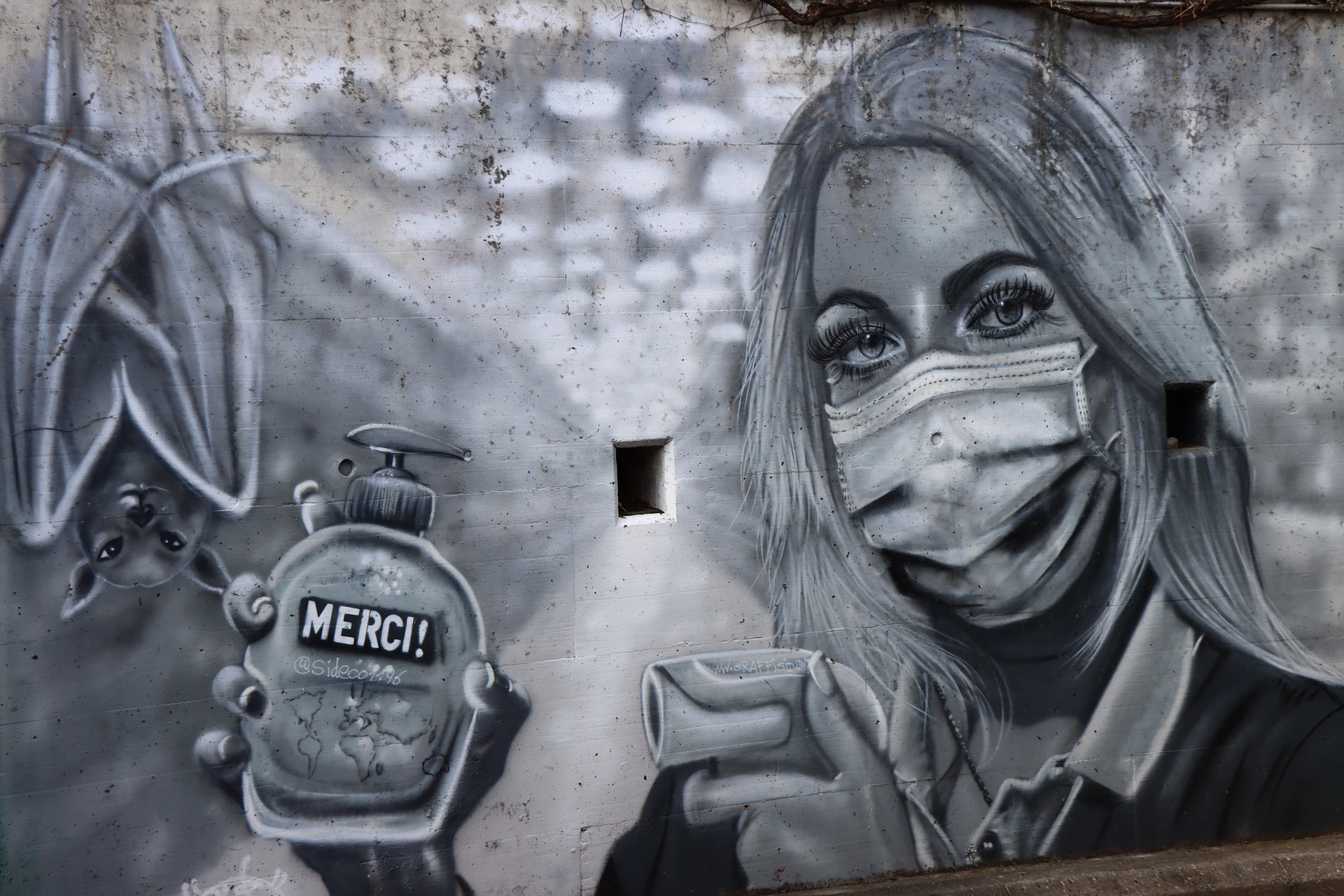Reinventing Classics: Modern Interpretations in Ballet
Introduction: In an era where innovation drives the arts, a fascinating trend is taking center stage: the reinterpretation of iconic ballets with a contemporary twist. This fusion of tradition and modernity breathes new life into classical narratives, sparking renewed interest and dialogue in the ballet world.

A Historical Dance Genre in Flux
Ballet’s origins trace back to the Italian Renaissance courts of the 15th and 16th centuries before it further developed into a concert dance form in France and Russia. Traditional ballet, characterized by its rigorous technique, flowing and precise movements, and ethereal quality, has been a beloved art form for centuries. However, as societal norms and tastes evolved, so did ballet, with modern interpretations becoming more commonplace in recent decades.
Redefining Tradition: The Rise of Modern Ballet
In the late 20th century, choreographers began pushing the boundaries of traditional ballet by incorporating modern dance elements. This shift was initially met with mixed responses. Purists feared it would dilute the essence of classical ballet, while others welcomed the innovation as a way to keep ballet relevant and appealing to wider audiences. Recent productions of iconic ballets like Swan Lake, The Nutcracker, and Romeo and Juliet have been reimagined with contemporary narratives and choreography, demonstrating the successful fusion of classical and modern ballet.
The Impact on the Ballet World
This trend has reinvigorated the ballet world, attracting new audiences and stimulating critical discourse. Ballet companies worldwide are embracing this approach, demonstrating its widespread appeal. These modern adaptations not only offer fresh perspectives on classic narratives but also provide a platform for addressing contemporary societal issues.
The Reception and Significance
The reception to modern ballet interpretations has been largely positive. Critics and audiences alike have praised these productions for their creativity, emotional depth, and ability to resonate with contemporary audiences. This trend signifies an important evolution in the ballet world, showcasing its adaptability and relevance in today’s artistic landscape.
Looking Ahead
The trend of modern ballet interpretations shows no sign of slowing down. As we move forward, it will be fascinating to witness how choreographers continue to reimagine classical ballets and the impact this will have on the future of this storied art form. As this trend continues to shape the ballet world, it is sure to inspire further innovation and creativity in the arts.
In conclusion, the current trend of reinterpreting classical ballets through a modern lens has breathed new life into this historical art form. It’s a testament to the power of creativity and innovation in the arts, demonstrating how tradition can be reimagined to resonate with contemporary audiences. As we continue to experience this evolution firsthand, it’s clear that the future of ballet promises to be as dynamic and captivating as its past.




